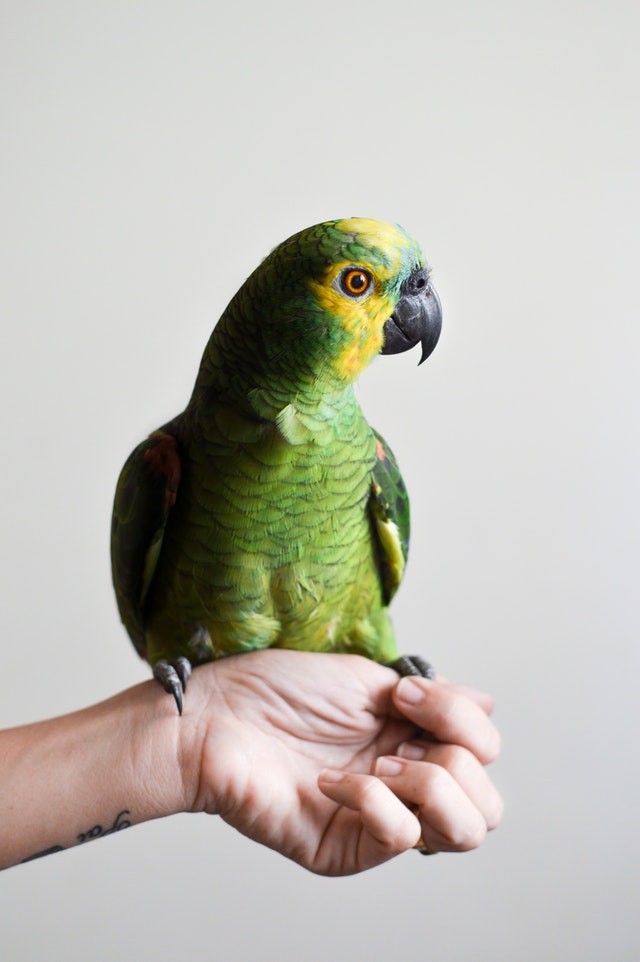Qualitative research includes an extraordinary range of highly useful techniques. It includes techniques where numbers don’t matter (very much) and straying from the plan (a little bit) is a good thing. But what, specifically, is so great about qualitative research? Let’s find out!
Participants can evaluate materials in much greater detail.

Though pictures are worth a thousand words, a bird in the hand is worth two in the bush. Ok, ok, two metaphors in a research discussion is two too many. But the point remains – people can far more easily relate to something that is in their hands as opposed to pictured on a screen. Being able to SEE something is good, but being able to feel a package of coffee, smell the coffee grinds, listen to it being poured from a steaming pot, and taste it in your mouth means consumer research will have vastly more external reliability and, with that, validity. Qualitative research lets people engage with and report on products and services in a more holistic and natural way. It allows people to reflect on the paper cuts and spilled product from poorly designed packages and joyful aromas wafting from freshly opened, well-sealed packages.
Researchers benefit from System 1 thinking
We’ve all been part of a rambling conversation that jumps from tangent to tangent, the end result being a far more engaging and revealing conversation than had we simply… you know, answered the initial question. It’s a huge advantage of qualitative research to be able to follow a human train of thought rather than force research participants into a conversational path that ignores all the bright ideas and inspirations they had along the way. Moderators and interviewers can’t know which topics will be more or less important for participants, nor when participants won’t have opinions or information about a topic. As a result, qualitative research that allows people to skip over entire sections of a planned research guide without antagonizing them with numerous irrelevant questions is time saved. Another bird in the hand.

Researchers can dig deep. Really deep.
Skilled moderators and interviewers know how to interpret subtleties in language and self-presentation. They know which sounds and words, and which facial expressions are cues that there could be more to an answer than has been revealed. Over years of training and experience, they have developed expert skills to probe and elicit answers that are guarded behind a veil of uncertainty. And, they know how to analyze and report on these results by taking into account the context of each participant experience, the language used, and a full range of participant and researcher biases.
Marketers benefit from serendipity
Whether you’re a focus group moderator using a discussion guide, or an in-person interviewer using a standardized questionnaire, the nature of qualitative research is that the conversation among people ebbs and flows among topics that are relevant, tangential, and seemingly unrelated to anything, ever. Sometimes, those tangential topics, those outlier topics mentioned by one or two people, explode into key findings that change the entire development process of a product. Qualitative research formally makes room for these happenstance discoveries and allows for the discovery of insights that might otherwise remain secrets for years.

Marketers get to know real people
It’s easy to collect data from 1000 research participants across Canada and, through a detailed quantitative segmentation analysis, discover that 37.3% are in segment A and 21.9% are in segment B. But segment A and segment B don’t really exist. Those segments are constructs researchers have created to generalize reams of questionnaire data, transactional data, social media data, or some other form of quantitative data into a friendlier, more consumable format. They aren’t real. But Jennifer Smith and Jan Kowalski are real people and they look a lot like segment A. They also look a little bit like segment B, C, D, E, and F. Qualitative techniques, especially those that report results using videos of real people, help researchers and marketers to understand the nuances and complexities of real people living real lives among real brands, products, services, and companies.
Marketers can understand the language of people
Marketers and researchers are so entrenched in their own worlds that they forget how people outside their industries talk about their products and services. Qualitative research is a great way to get back to humanity and listen to people. Listen to the words and phrases they use.  Learn how they talk about your product in the context of the category and competitive brands, in the context of their families, work, school, and play. Qualitative research allows you to hear what matters to them so you can more clearly communicate your brand to them.
Learn how they talk about your product in the context of the category and competitive brands, in the context of their families, work, school, and play. Qualitative research allows you to hear what matters to them so you can more clearly communicate your brand to them.
Researchers can analyze more personal topics
Not every research questionnaire is amenable to a set of a ‘select all that apply’ or ‘rate from 1 to 5’ questions. Sometimes, questions must be extremely broad and open so that even very long answers can be offered. Sensitive topics, e.g., ailments and illnesses, violence, sexuality, may require a more personal approach from a caring and well-trained interviewer to carefully draw out a full answer.
If these advantages sound great to you and you’re prepping a qualitative project, we’d be happy to help you run interviews in Toronto, focus groups in Montreal, or any type of qualitative research across Canada. Please get in touch with us!
You might like to read these:
- How To Design an Effective Mystery Shopper Process Flow
- 4 Things to Consider When Choosing the Right Qualitative Research Recruiter
- Qualitative Research Techniques: Eight Characteristics of an Effective Market Research In-Depth Interviewer
- Qualitative Research Techniques: How To Recruit Suitable Qualitative Research Participants




